Maximizing ROI : Effective Mobile Advertising Strategies to Boost Brand Success

In the rapidly evolving world of digital marketing, mobile advertising has become essential for brands aiming to reach consumers on-the-go. With increasing mobile device usage, brands need effective mobile advertising strategies to engage audiences and maximize return on investment (ROI). This guide explores key techniques, tools, and future trends that brands can use to optimize mobile ad performance and drive engagement.
Table of Contents
The Importance of Mobile Advertising Strategies for Modern Brands
Mobile advertising is now a staple in digital marketing, providing brands with an unparalleled platform for reaching targeted audiences. According to a recent report, “Mobile ad spending is expected to reach $400 billion by 2026, demonstrating the channel’s growth potential and influence.” Mobile advertising benefits brands by offering diverse formats, advanced targeting options, and the ability to reach users directly on their personal devices.
Table 1: Benefits of Mobile Advertising for Brands
| Benefit | Description |
|---|---|
| Higher Engagement | Mobile ads receive more engagement due to frequent mobile device usage. |
| Advanced Targeting | Brands can target audiences based on location, behavior, and demographics. |
| Diverse Ad Formats | Options include video ads, native ads, in-app ads, and interactive content. |
| Real-Time Analytics | Track ad performance in real-time and optimize campaigns for better results. |
| Personalization Potential | Tailor ads to user interests and behaviors for improved relevance and engagement. |
Key Strategies for High-Impact Mobile Ads
Personalized Mobile Ads
Personalized ads are crucial for increasing engagement. “Studies show that personalized ads drive a 20% higher conversion rate than non-personalized ads,” underscoring the importance of audience segmentation and tailored content. By using data on user behavior, location, and preferences, brands can create relevant ad experiences that feel meaningful to users.
In-App Advertising
In-app advertising involves placing ads within mobile apps. Popular ad types include banner ads, interstitial ads, and native ads. Each type serves a unique purpose:
- Banner Ads: Small ads displayed at the top or bottom of the app screen. Ideal for brand awareness.
- Interstitial Ads: Full-screen ads that appear during natural breaks in the app. Effective for driving action.
- Native Ads: Ads that blend with the app’s content, providing a less intrusive experience.
According to recent statistics, “In-app ads achieve 85% higher engagement than mobile web ads due to the immersive nature of the app environment.”
Programmatic Mobile Advertising
Programmatic mobile advertising has redefined the way brands reach their audiences on mobile by employing AI and machine learning to automate ad placements. By eliminating manual ad buying processes, programmatic advertising allows brands to engage with users at scale, leveraging real-time bidding (RTB) to instantly place ads in front of their target audience. This means that brands can optimize their ad spend more effectively, using precise targeting based on criteria such as location, device type, and browsing history.
This automated approach ensures that brands reach audiences who are most likely to engage with their message. For example, a brand selling outdoor equipment can target users who frequently visit hiking and adventure-related websites or apps. Programmatic mobile ads can even adjust ad delivery based on real-time data, automatically prioritizing budget for high-performing demographics or geographic regions. This flexibility makes it easier to reach potential customers precisely when they’re most receptive to the brand’s message, thereby maximizing return on ad spend (ROAS).
One key advantage of programmatic advertising is its efficiency. Rather than manually adjusting ad placements, programmatic tools can automatically optimize campaigns, reallocating resources toward segments that drive higher engagement and conversions. As a result, brands can achieve higher conversion rates and a more efficient ad spend, making programmatic mobile advertising an invaluable tool in today’s fast-paced digital landscape.
Mobile Video Advertising
Video ads are one of the most engaging formats available on mobile, thanks to their immersive nature and versatility. With platforms like TikTok, Instagram Reels, and YouTube Shorts popularizing short-form video content, mobile video advertising offers brands a powerful way to capture attention and communicate quickly. Statistics reveal that video ads on mobile have significantly higher engagement rates than static ads, which underscores their value in mobile advertising strategies.
To fully leverage mobile video advertising, brands should focus on creating short, impactful videos that deliver their core message within the first few seconds. Ads between 6-15 seconds perform best for capturing attention without overwhelming users, especially in fast-scrolling environments. Visuals should be dynamic and engaging, and the message should be clear and relevant to the viewer. A concise call-to-action (CTA) can also encourage users to take action immediately, whether that’s learning more about the brand or making a purchase.
Another advantage of mobile video ads is their versatility. Brands can tailor their video content to different stages of the customer journey—such as creating short, attention-grabbing ads for awareness, and more detailed product-focused videos for those close to making a purchase. Additionally, platforms like Instagram and TikTok allow brands to integrate interactive features, like swipe-up actions or shoppable tags, which can drive direct conversions from the video itself. In this way, mobile video advertising enables brands to engage audiences deeply while also providing a seamless path to conversion, making it an essential part of any mobile advertising strategy.

Optimizing Ad Placements for Maximum Engagement
Ad Placement Optimization
Ad placement affects engagement and conversion rates significantly. Ads can be placed on social media platforms, in apps, and on mobile websites. For instance, social media platforms like Instagram and Facebook allow for native advertising that appears naturally in a user’s feed, creating a seamless experience. Ad placement optimization ensures that ads are seen by the right audience in the most impactful format.
Mobile-First Design
To succeed in mobile advertising, brands need a mobile-first design approach. Ads should be designed specifically for mobile screens, with vertical video, thumb-stopping visuals, and quick load times. A mobile-first design enhances user experience and improves ad performance.
Leveraging AI and Machine Learning for Better Targeting
AI-driven predictive analytics are transforming mobile advertising. With AI, brands can understand user behavior, forecast preferences, and target ads effectively. Dynamic Creative Optimization (DCO) allows brands to automatically adjust ad content to match each user’s profile, making ads more relevant and appealing.
Retargeting Strategies with AI
AI enhances retargeting by identifying users who have shown interest but haven’t converted. This allows brands to re-engage potential customers with customized ads based on their previous interactions, increasing the likelihood of conversion.
Tracking and Improving Mobile Ad Performance
Key Performance Metrics
To measure ad success, brands need to track essential metrics:
| Metric | Definition |
|---|---|
| Click-Through Rate (CTR) | Percentage of users who clicked on the ad |
| Conversion Rate | Percentage of users who completed the desired action |
| Cost Per Acquisition (CPA) | Cost to acquire a new customer through the ad |
| Return on Ad Spend (ROAS) | Revenue earned per dollar spent on advertising |
Analytics tools like Google Analytics and Facebook Ads Manager can help brands monitor these metrics and make data-driven decisions. Conducting A/B testing on ad variations can reveal which formats, messages, and placements yield the best results, allowing for continuous optimization.
Ad Performance Analytics
Using real-time analytics, brands can track and adjust campaigns to improve results. Analyzing metrics such as ad engagement, user demographics, and conversion rates enables brands to enhance ad effectiveness.
Ensuring Privacy Compliance in Mobile Advertising
With increasing concerns around data privacy, brands must ensure privacy compliance in mobile advertising. Following regulations like GDPR and CCPA is essential for maintaining user trust. Being transparent about data collection and obtaining user consent are key steps to ensuring compliance.
Alternative Targeting Methods
For brands prioritizing privacy, non-invasive targeting options such as contextual advertising can deliver relevant content without infringing on user privacy. By analyzing app content instead of user data, brands can maintain privacy while ensuring ads are relevant.
Future Trends in Mobile Advertising
AR/VR and Immersive Ads
Augmented Reality (AR) and Virtual Reality (VR) ads create immersive experiences, allowing users to interact with products virtually. For instance, “Brands using AR ads reported a 40% increase in engagement,” highlighting the potential of immersive advertising.
5G-Enhanced Advertising
With the rollout of 5G, brands can deliver high-quality video and interactive content seamlessly. 5G mobile ads enable rich media experiences that captivate users and provide a competitive advantage in mobile advertising.
Interactive Ad Formats
Interactive ads, such as shoppable ads and gamified experiences, are gaining popularity. These formats encourage user interaction, making the ad experience memorable. Interactive ads often result in higher engagement and conversion rates, enhancing the ROI of mobile advertising.

Practical Tips for Brands to Boost ROI in Mobile Advertising
To maximize ROI in mobile advertising, brands should follow these best practices:
- Align Ads with User Intent: Ensure ads are relevant and personalized based on user preferences.
- Use Real-Time Analytics: Track ad performance continuously to make timely adjustments.
- Innovate and Stay Current: Embrace new trends and technology advancements to remain competitive.
Conclusion
Mobile advertising offers immense potential for brands to reach and engage their audience, but success requires strategic planning and optimization. By implementing effective mobile advertising strategies — from personalized ads and programmatic advertising to AI-driven targeting and privacy compliance — brands can maximize ROI and enhance user engagement. “As mobile technology evolves, brands that stay adaptable and innovative will continue to reap the benefits of effective mobile advertising.”

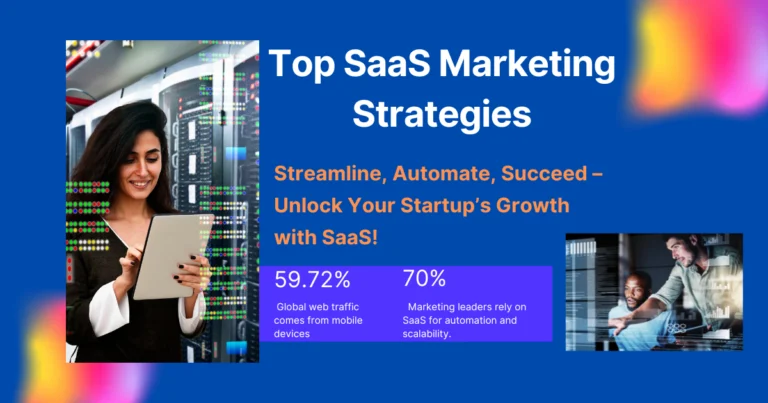
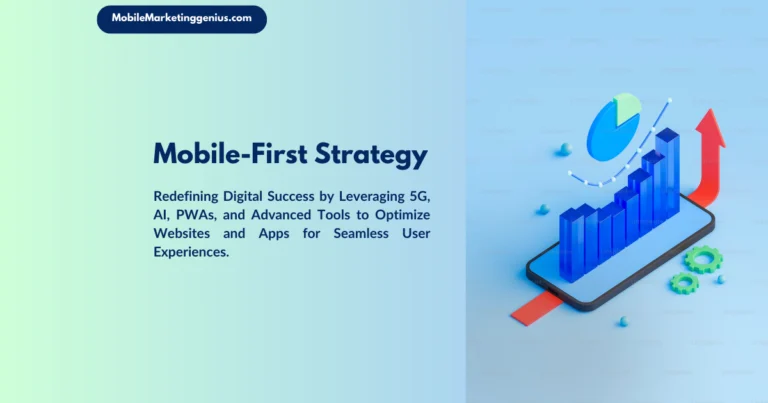

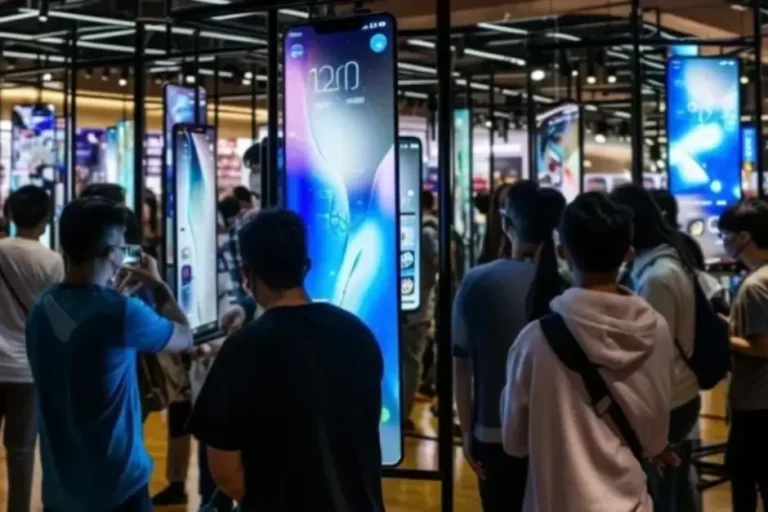
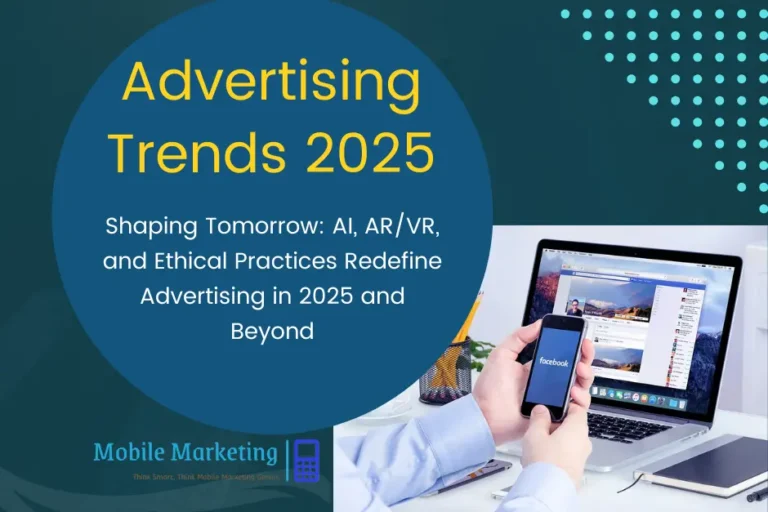
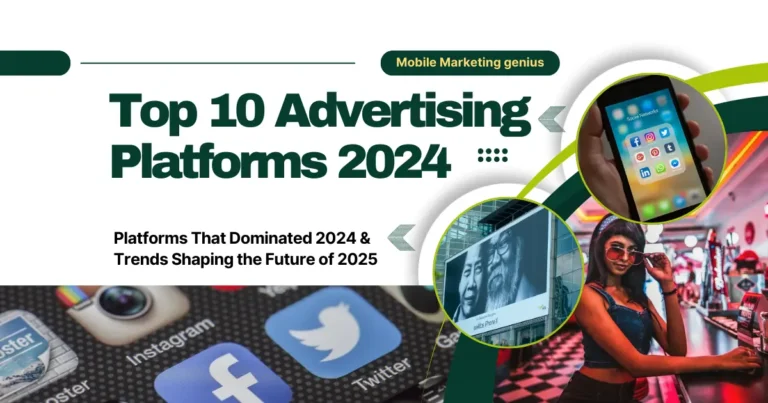
One Comment
Comments are closed.